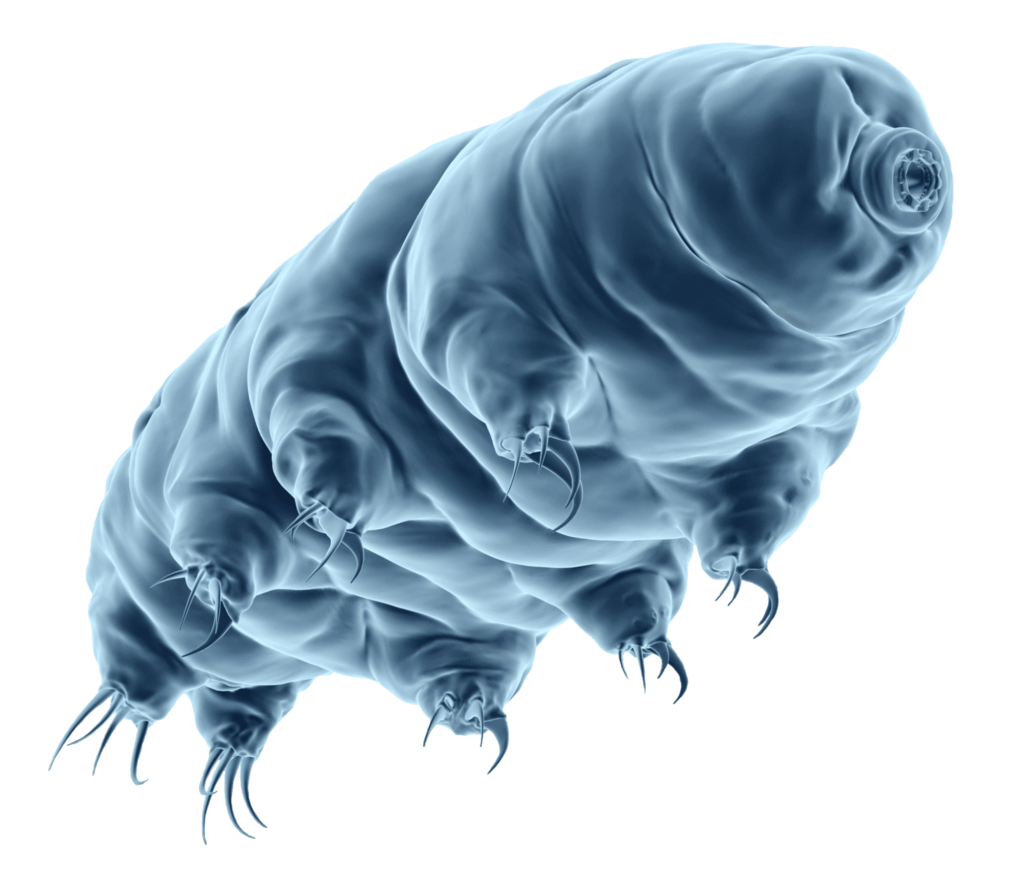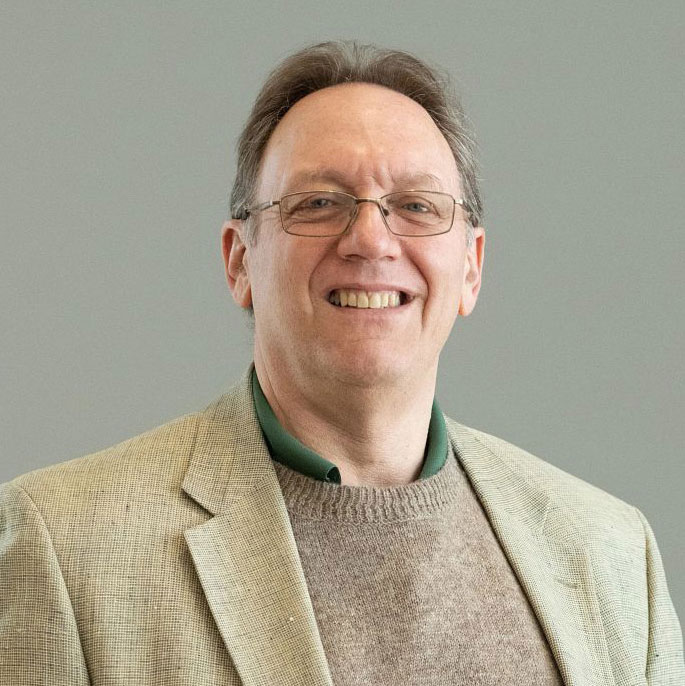Coming out of an historic pandemic, we have faced resilience like very few times in history. My earliest scientific training was to apply an interdisciplinary understanding to resilience in nature, to extremes by which most life slows to a state of dormancy induced by extreme drought, temperature, or radiation. Life that can survive extremes, or extremophiles, represent life on the planet that has adapted to environmental extremes. The most common mascot of this world is the tardigrade (translated from German as water bear). Only the size of a grain of sand, the tardigrade can dry out completely, be exposed to scorching heat or subzero temperatures, and survive high gamma radiation exposure. That’s pretty resilient. It’s also why we have showcased the tardigrade for this thematic issue of RESEARCH magazine.

Nature’s designs that enable adaptation to environmental challenges is a rich palate to understand and extract principles that we can appreciate in the grand challenges of our times. Extreme weather has resulted in changes on our planet that threaten us with greater frequency and redistribute species that spark increasing opportunities for emergence of new diseases. The historical focus that CSU has had on ecosystem, and now one health, positions CSU well for addressing these challenges with an enhanced understanding of the interconnectedness of plants, animals, humans, and the environment.
This issue highlights the many facets of resilience in our society, from implications in the way we govern to the scientific discoveries and innovations across our mission that will be required to enhance our ability to adapt to challenges we face in thriving on our planet. We also recognize that many of these challenges know no geographical boundaries, that pathogens and climate cross state, national, and international boundaries with no bias. The land-grant mission of translating our ideas to scale in society also positions us well to continue our passion of collaboration and outreach to the local, regional, and global communities we serve.
ALAN RUDOLPH
Vice President for Research
